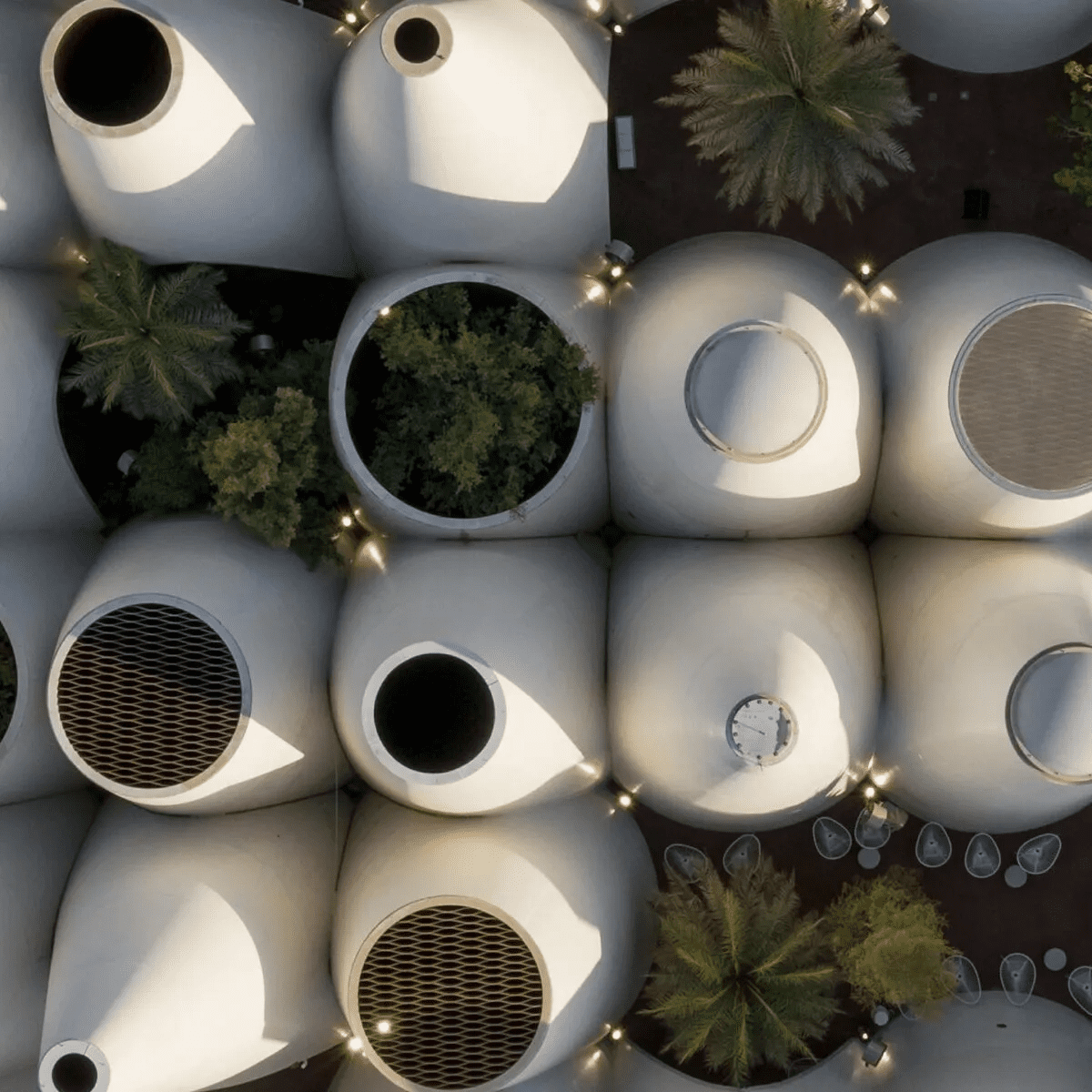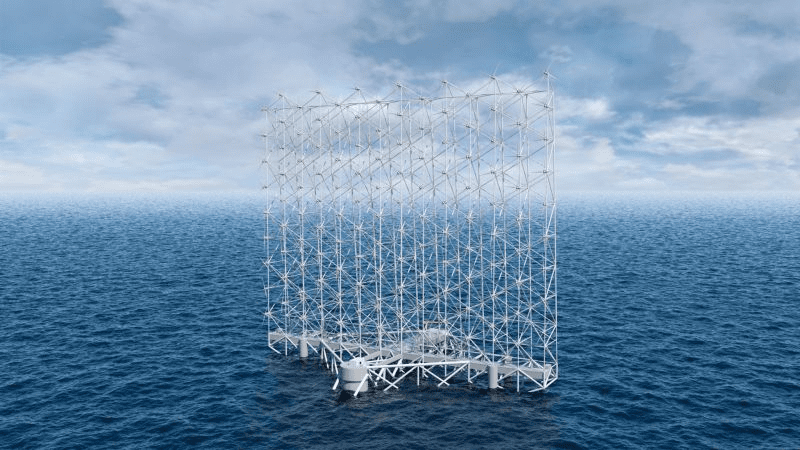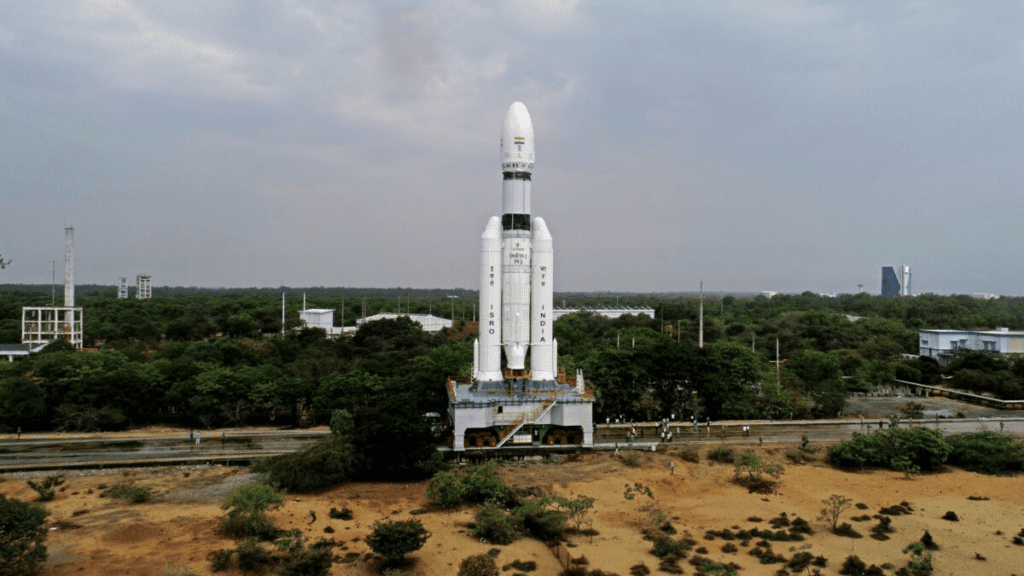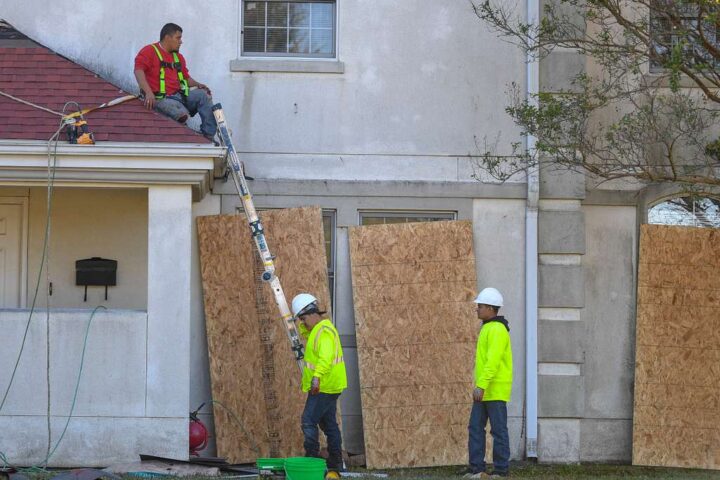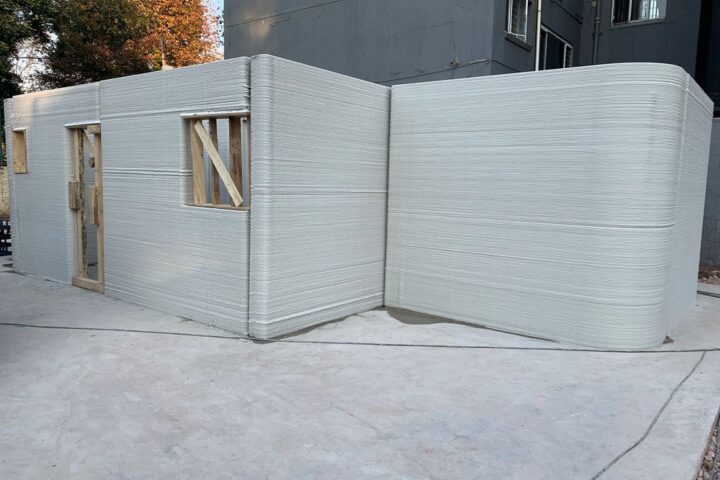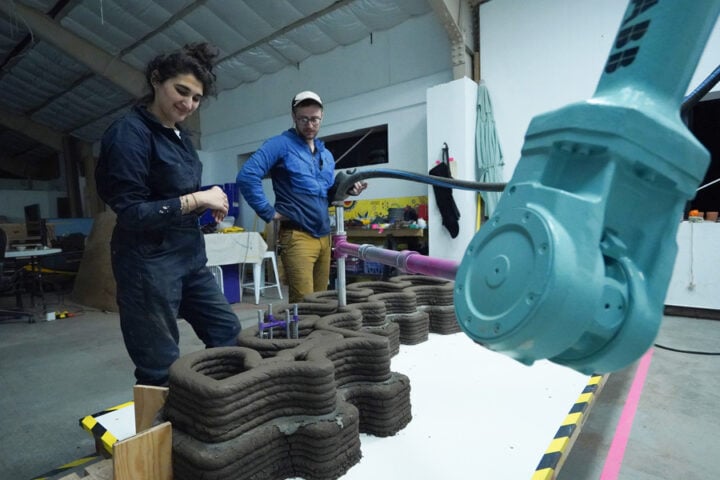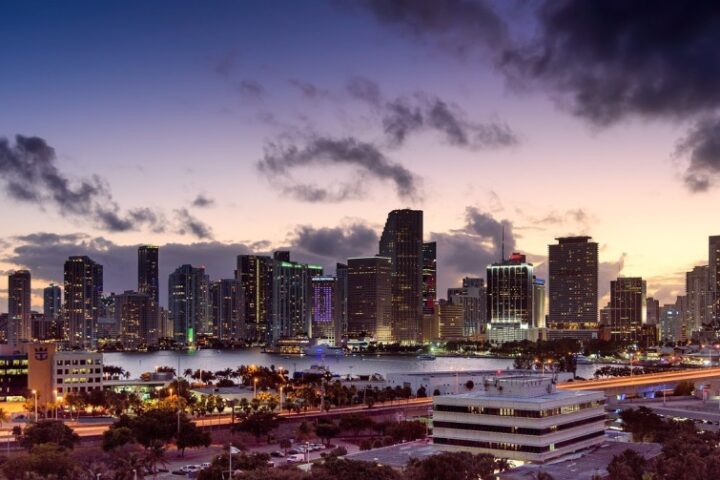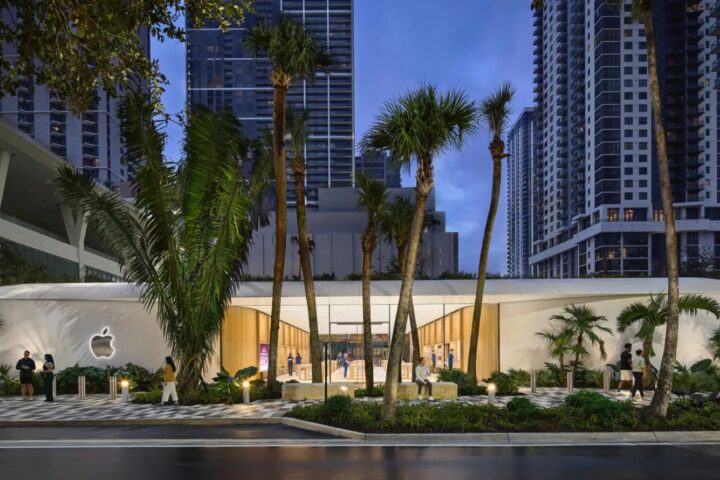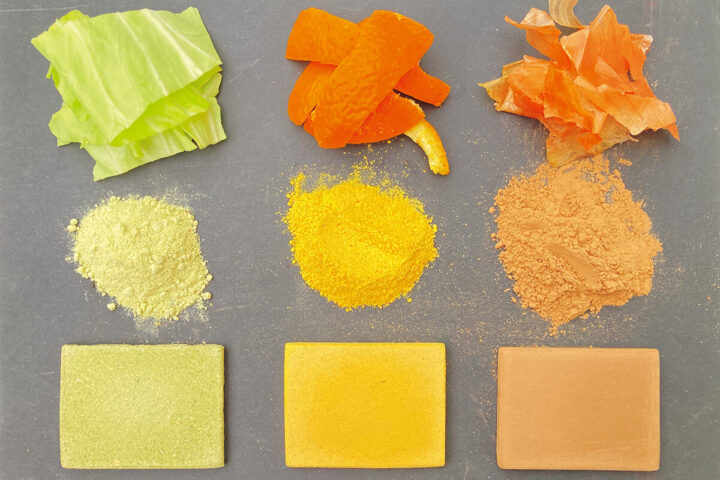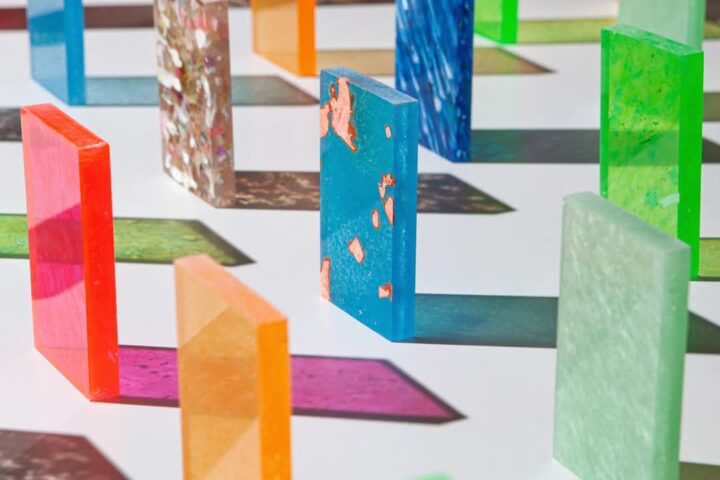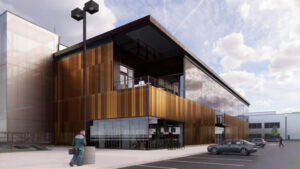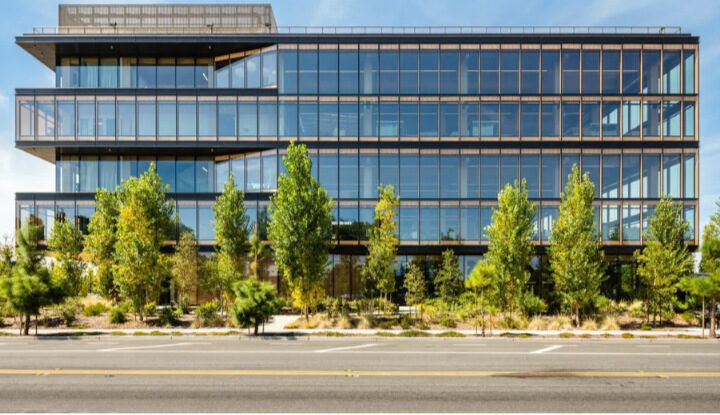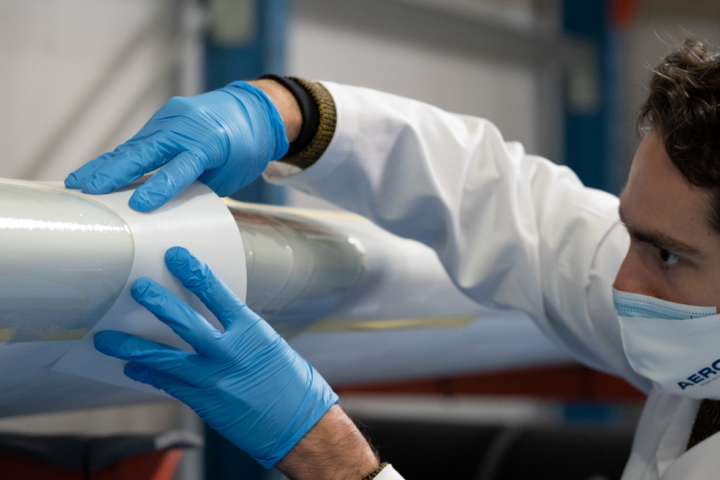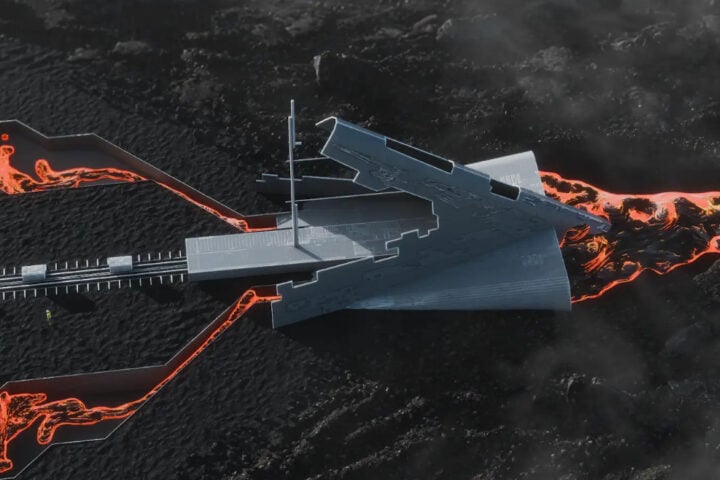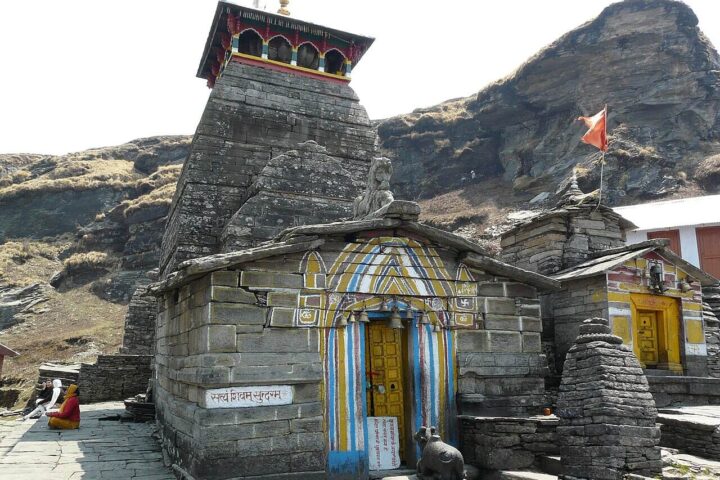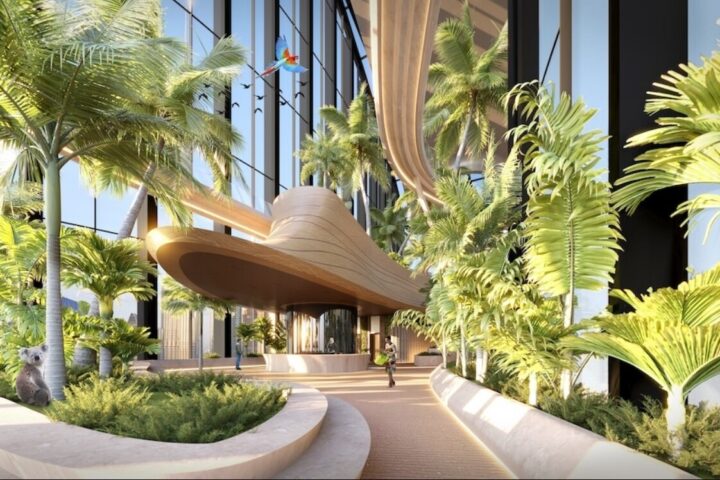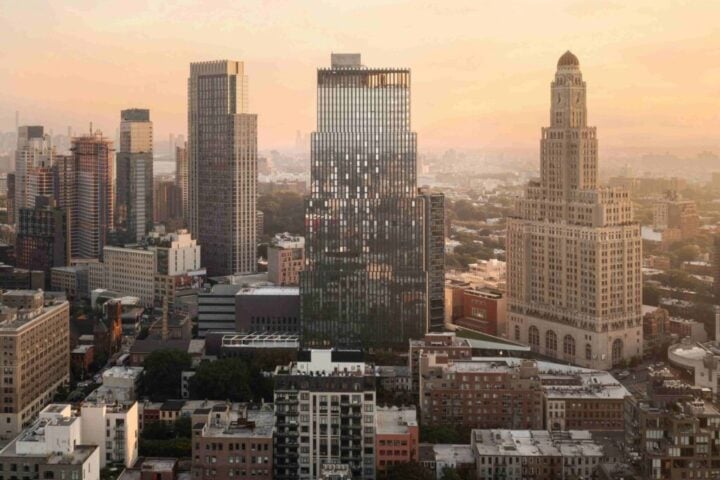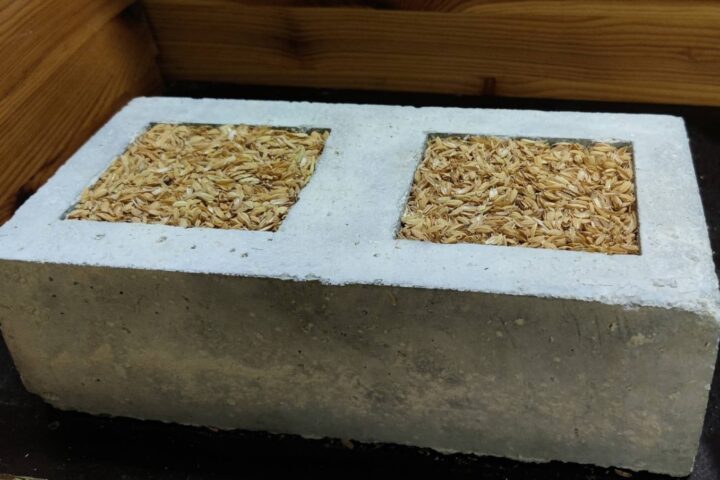Founded in 1998, the team around Gerd Erhartt, Peter Sapp, and Jakob Dunkl, Austrian architectural firm Querkraft Architekten looks at architecture as an experience. Their style of “poetic pragmatism” encapsulates their approach toward architecture. “It is only the successful combination of heart and mind which leaves us satisfied in the end.”
Human beings are the central focus of the projects taken up by Querkraft. Their architecture is committed to spatial freedom, sustainability, innovation, creativity, and compassion. They intend to make their projects not just visually enamoring but empathetic and livable. Lateral thinking dictates their creative thought process. Lateral thinking as a concept is disruptive of the traditional way of thinking. The ability to think outside of the box renders Querkraft with a certain authenticity and edge.
“We work in a team. The art of lateral thinking starts with our creative strategies. Personal diversities broaden the horizons of our team. _human beings form the center of our work. Architecture’s meaning is also its use. Planning is a process, and the client is a partner. Architecture is art. Architecture is sustainable, appropriate, and physical. Its beauty comes from the inside. The content shapes the building.”
“We want to give people space” is the ethos of the firm. The accessibility and functional utility of a building is just as important as its aesthetic value. Thus, it is essential to carve out open and liberating spaces for people where they can enjoy, work and live.







“The Good Neighbor”
Their recent projects clearly mirror this keen interest in the environment and humanity. The inner-city, car-free IKEA by the Vienna west station is a quintessential example of architecture that is beautiful and human-friendly. Consumer behavior in Vienna has gone through quite a transition in recent times. Some people in the city don’t own a private car, rather they commute using a cycle or another environment-friendly vehicle. The new IKEA store accommodates all these new developments in consumer behavior. It is modeled around a bookshelf-like design which allows open spaces for pedestrians to make spontaneous visits to the store. Being a “good neighbor” is facilitated by features like the public roof terrace, the fantastic variety of greenery on all facade areas, a café, and an outdoor space with a welcoming design. The grid-like design of The Good Neighbor is primarily intended to permit the space needed to grow trees at each level of the structure. IKEA estimates that doing this will “lower temperature at the building by at least minus two degrees Celsius’ ‘ and help to purify the air for its surroundings. IKEA hopes to implement at least 160 trees in this way.
Slow City
Querkraft is contributing to a larger movement through its sustainable and freeing designs. The “slow city movement” emerged in Italy in 1999. The movement calls for deaccelerating the pace of living and resorting to a more relaxed, easy-going way of life. It is an antithesis to the rat race and the glorification of the hustle culture in metropolitan cities. These cities stand up against the fast lane, a homogenized world that has so often been seen in other cities throughout the world. Slow cities have less traffic, less noise, and fewer crowds. Querkraft architekten dream of the transformation of Vienna. Nothing would thrill them more than seeing Vienna turned into a ‘slow city’: two million trees for two million people – while reducing individual transport to a minimum.
Querkraft may be pioneering an alternative to the typical understanding of “futuristic” architecture. Instead of taking inspiration from imposing metallic structures straight out of a science fiction movie, the projects designed by Querkraft are pleasant, welcoming, and amicable. The implications of the climate crisis are becoming more and more real. People are beginning to change their reckless and climate-insensitive behaviors and becoming more conscious of how their actions degrade the environment. This shift in the lifestyle of people would influence how cities are planned and navigated. If metropolitan cities which boast about being awake 24/7 are to be replaced with slow cities which value the quality of life and leisure time, then Querkraft’s brand of architecture is here to stay.
